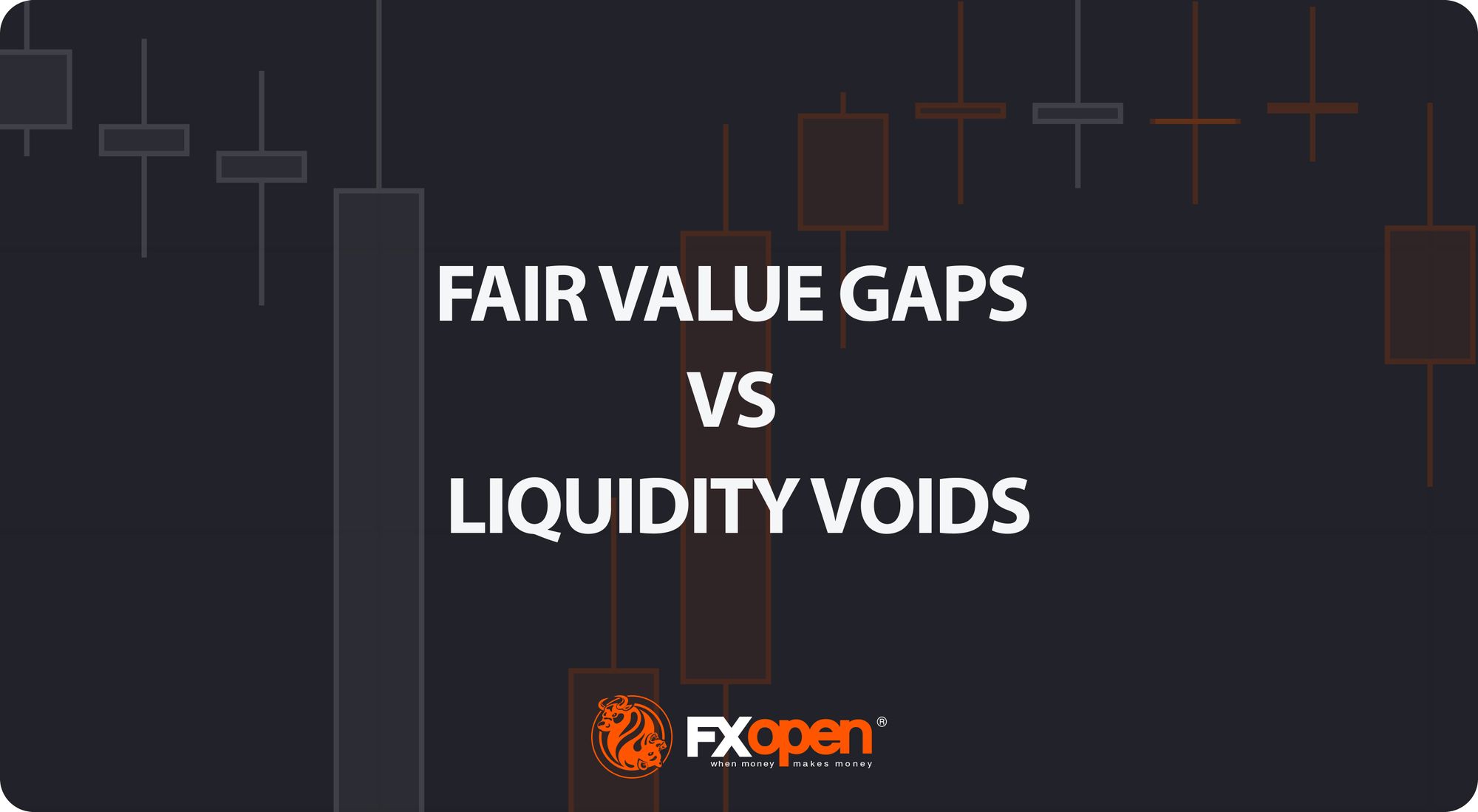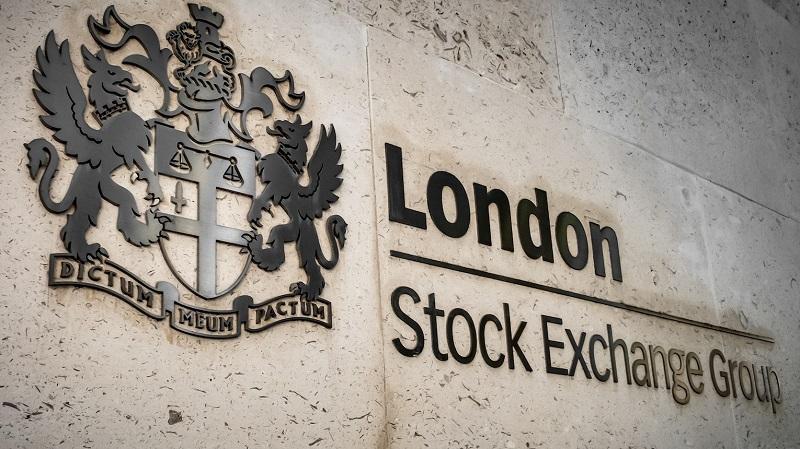FXOpen

The Federal Reserve of the United States (Fed) delivered the much-awaited monetary policy review report at the Jackson Hole Symposium. Last Thursday, Jerome Powell announced that the Fed is changing its price stability part of the mandate.
The switch from targeting 2% inflation to targeting an average of 2% created much volatility in the markets. It represents one of the reasons why the USD is so low across the dashboard, with many currencies sitting at highs against the greenback – AUDUSD, EURUSD, GBPUSD, USDCAD, and so on.
What Average Inflation Targeting Means?
The market was well-prepared for the announcement. It was communicated that the Fed will alter its mandate by being willing to let inflation shooting over the 2% target.
To understand the new mandate, it is useful to remember how the old one functioned. Prior to this change, the Fed changed its tone to hawkish if inflation ticked higher and inflation expectations signaled a move towards the 2% level.
But with the current change, that is not the case anymore. For the average inflation to reach 2%, future values must exceed the 2% level before the Fed will change to a hawkish tone. In other words, it means lower rates for longer, and this is one of the main reasons why the USD declined across the board.
Speaking of the USD decline, it is seen on the entire FX dashboard, in particular against the G10 currencies. Because all interest rates are to zero or close to the lower boundary, the correlation between different currency pairs increased significantly. Therefore, the Fed’s announcement sent the USD even lower.
The shift in the monetary policy framework at the Fed is a significant one. The Fed’s message, though, did not specified how it will calculate the average. How higher inflation we need to see before the Fed to act? How many months or years back we should use to calculate the average?
Probably the details will come in the near future. The Fed focused for the moment on the communication aspect of its decision – trying to find explanations and convince markets that higher inflation is a good, not a bad thing.
Judging by the high stock market prices, we may say that it succeeded.
This article represents the opinion of the Companies operating under the FXOpen brand only. It is not to be construed as an offer, solicitation, or recommendation with respect to products and services provided by the Companies operating under the FXOpen brand, nor is it to be considered financial advice.





